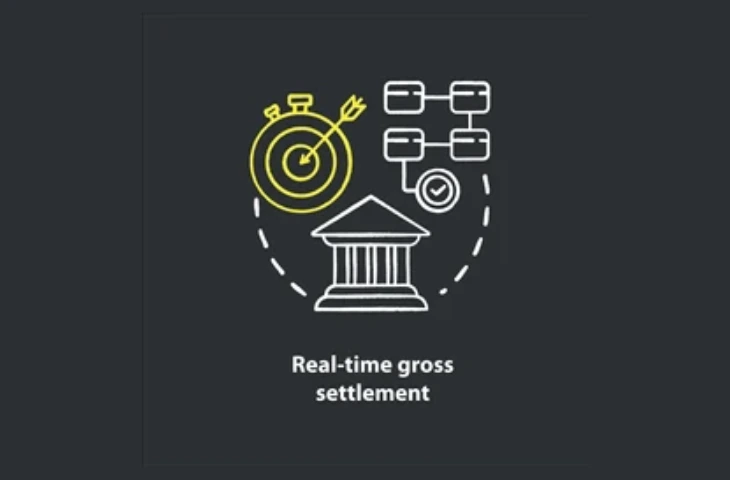Real-Time Gross Settlement (RTGS): In the modern banking system, transferring money safely and quickly is essential for both individuals and businesses. With the growth of the digital economy, the Reserve Bank of India (RBI) has introduced several payment systems such as NEFT, IMPS, and RTGS to make fund transfers easier.
Among these, RTGS (Real-Time Gross Settlement) plays a special role because it is used mainly for large-value transactions. Unlike other systems, RTGS ensures that funds are transferred immediately and settled directly through the RBI. For banking exam aspirants, RTGS is a very important topic under Banking Awareness because it is frequently asked in exams like SBI PO, IBPS PO, SEBI, NABARD, LIC AAO, and RBI Grade B.
What is Real-Time Gross Settlement (RTGS)?
The full form of RTGS is Real-Time Gross Settlement. It is a system of money transfer where transactions are processed and settled in real-time and on a gross basis.
- Real-time means the transaction is settled instantly as soon as the request is received.
- Gross settlement means each transaction is processed individually, without being combined with any other transaction.
This makes RTGS one of the fastest and safest modes of transferring large sums of money in India. It is mostly used by businesses, corporates, and individuals for transactions of ₹2 lakh and above.
Why is RTGS Important for Banking Exam Aspirants?
RTGS is not just a banking facility but also a part of India’s payment and settlement system regulated by the RBI. For exam aspirants, this topic is important because:
- Frequently asked in Banking Awareness – Questions on RTGS limits, features, and differences with NEFT/IMPS appear regularly.
- Relevant to Monetary Policy – It reflects how RBI ensures liquidity and stability in the financial system.
- Practical Relevance – As future bankers, aspirants should understand how customers use RTGS for large-value transfers.
Formula / Concept of RTGS
RTGS does not have a mathematical formula but it is based on a clear operational concept:
RTGS = Real-Time Settlement + Gross Basis
- In real-time, the transfer is immediate and does not wait for batch processing.
- On a gross basis, each transaction is settled individually and not grouped together.
Key Features of RTGS
The RTGS system has certain features that make it different from other payment systems. Let’s understand them in detail:
- High-value transfers only – RTGS is applicable only for transactions of ₹2 lakh and above. Smaller amounts must use NEFT or IMPS.
- No upper limit – While there is a minimum requirement, there is no maximum cap on the amount that can be transferred through RTGS.
- Instant settlement – The transfer is immediate and does not wait for clearing cycles, making it highly reliable for urgent payments.
- Safe and RBI regulated – Since it is operated by the RBI, the system is highly secure and trusted.
- Irreversible – Once processed, an RTGS transaction cannot be reversed. This ensures finality and avoids disputes.
- 24×7 availability – Since December 2020, RBI has made RTGS available throughout the year, including Sundays and holidays.
How Does RTGS Work?
The process of RTGS transfer is straightforward but involves multiple steps to ensure accuracy and security:
- Initiation by customer – The sender provides beneficiary details such as name, bank name, branch, account number, and IFSC code.
- Verification by bank – The sender’s bank verifies the details and deducts the amount from the sender’s account.
- Routing through RBI – The transaction is forwarded to the RBI’s RTGS system, which acts as the central settlement authority.
- Settlement – RBI settles the amount immediately on a one-to-one basis.
- Credit to beneficiary – The beneficiary’s bank receives the funds instantly and credits them to the receiver’s account.
For example: If a company in Delhi has to pay ₹15 lakh to a supplier in Mumbai, it uses RTGS. The money is directly transferred from the company’s bank → RBI → supplier’s bank → credited instantly.
RTGS Timings in India
Earlier, RTGS was available only during working hours. However, RBI has now made it more flexible:
- Availability: 24×7, 365 days (including Sundays and holidays).
- Settlement time: Generally within seconds, but RBI allows up to 30 minutes for final settlement in some cases.
- Charges: RBI has waived charges for online RTGS transactions to encourage digital banking.
RTGS vs NEFT vs IMPS
In exams, questions are often asked comparing RTGS with NEFT and IMPS.
| Feature | RTGS | NEFT | IMPS |
| Full Form | Real-Time Gross Settlement | National Electronic Funds Transfer | Immediate Payment Service |
| Settlement Type | Real-time, gross | Half-hourly batches | Real-time |
| Minimum Limit | ₹2 lakh | No limit | ₹1 |
| Maximum Limit | No upper limit | No upper limit | ₹5 lakh (for individuals) |
| Availability | 24×7 | 24×7 | 24×7 |
| Best Use | Large-value transfers | Regular fund transfers | Small, instant payments |
Benefits of RTGS
RTGS provides several benefits to customers, banks, and the overall economy. Let’s look at them in detail:
1. Speed and Reliability
Since RTGS works in real-time, funds are transferred within seconds, making it one of the fastest payment systems in India. This is very useful in time-sensitive transactions like business deals, supplier payments, or emergency fund transfers. Unlike cheques or NEFT (batch-wise), there is no waiting period.
2. High Security
RTGS is regulated and managed by the Reserve Bank of India (RBI), which ensures strong security and transparency. Transactions are processed through RBI’s central system, making it extremely safe and reducing the chances of fraud or misuse.
3. Business-Friendly Transactions
There is no upper ceiling on the transfer limit, which makes RTGS especially suitable for businesses and corporates that deal with high-value payments on a daily basis. For example, companies can pay vendors, suppliers, or settle inter-bank transactions quickly without worrying about transfer restrictions.
4. Final and Irreversible Settlement
Once an RTGS transaction is processed, it cannot be reversed. This finality ensures certainty and trust between the payer and the receiver. It reduces disputes and provides assurance that payments are completed.
5. Encourages Digital Economy
By enabling safe and quick large-value fund transfers, RTGS reduces dependency on physical instruments like cheques or demand drafts. This shift to digital transactions supports the Government of India’s vision of a cashless economy and promotes efficiency in the financial system.
Limitations of RTGS
Despite its importance, RTGS has certain drawbacks that limit its use for some customers:
1. Not Suitable for Small Transactions
The minimum transfer amount for RTGS is ₹2 lakh. This makes it unsuitable for retail customers who need to transfer small amounts. For smaller transactions, systems like NEFT and IMPS are more convenient.
2. Irreversible Transactions
Since RTGS settlements are final, any mistake in entering the beneficiary details (like account number or IFSC code) can lead to failed or misdirected transfers. In such cases, the process of recovering money is difficult and time-consuming.
3. Dependency on Bank and Network Accuracy
RTGS transactions rely heavily on accurate data entry and smooth functioning of bank servers. Any technical issue or incorrect IFSC code can delay or fail the transfer. This dependency sometimes makes the process stressful for customers.
RBI Guidelines on RTGS (Latest)
The Reserve Bank of India regularly updates the rules to make RTGS more user-friendly and secure. According to the latest guidelines:
1. Minimum Transfer Amount
The lowest value of transaction permitted in RTGS is ₹2 lakh, ensuring that it is used only for high-value transfers.
2. Maximum Transfer Amount
There is no maximum limit on RTGS transactions. This flexibility is particularly useful for businesses, government payments, and inter-bank settlements.
3. Charges on RTGS
The RBI has instructed banks not to levy charges on RTGS transactions made through internet or mobile banking. However, if customers initiate RTGS from a physical bank branch, some nominal service charges may apply depending on the bank.
4. Availability of Service
Since December 2020, RTGS is available 24×7, 365 days, including Sundays and national holidays. Earlier, it was restricted to working hours only, but this change has made the system much more accessible.
5. Settlement Authority
All RTGS transactions are settled and monitored directly by the Reserve Bank of India, ensuring safety, credibility, and smooth functioning of the system.
Practice Questions on RTGS for Banking Exams
- What is the full form of RTGS?
- Explain the meaning of “real-time” in RTGS.
- What does “gross settlement” in RTGS mean?
- What is the minimum transfer amount under RTGS?
- Is there any maximum limit for RTGS transfers?
- Which authority regulates RTGS in India?
- When was RTGS made available 24×7 in India?
- Can RTGS be used for small-value transactions? Why or why not?
- How is RTGS different from NEFT?
- How is RTGS different from IMPS?
- What are the benefits of using RTGS for businesses?
- What is the main limitation of RTGS for retail customers?
- What details are required to make an RTGS transfer?
- Is an RTGS transaction reversible once processed?
- Why is RTGS important for banking exam aspirants?
FAQs
RTGS stands for Real Time Gross Settlement. It is a system where high-value transactions are processed instantly and individually, without netting with other transactions.
The minimum limit for RTGS is ₹2 lakh, while there is no upper limit for transfers. This makes it suitable for businesses and individuals who need to transfer large amounts of money.
RTGS works in real-time, meaning the settlement of funds happens immediately once the instruction is processed. The Reserve Bank of India acts as the settlement authority, ensuring security and reliability.
For banking exams, RTGS is important because it forms part of banking awareness and monetary policy tools. Questions are often asked about its meaning, limits, RBI guidelines, and its role in India’s digital payment ecosystem.
Yes. Since December 2020, RTGS is available 24×7, 365 days, including Sundays and national holidays. Earlier, it was restricted to working hours only.
- PNB LBO Syllabus and Exam Pattern 2025, Check Details
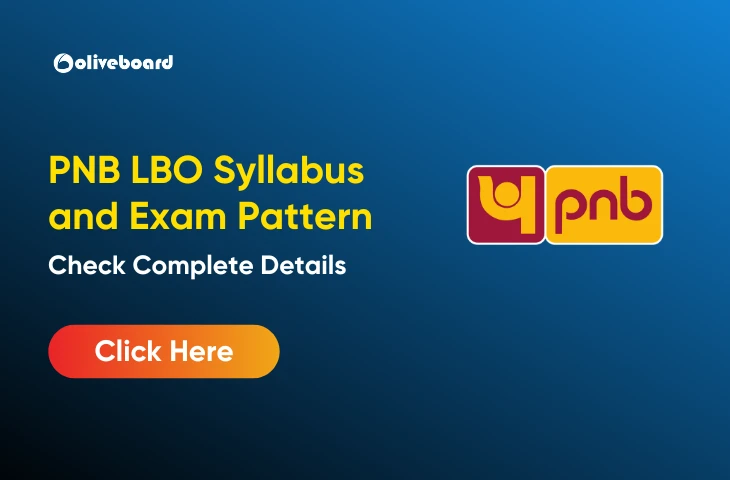
- PNB LBO Salary 2025, In Hand Salary, Perks, and Allowances

- Bank of Baroda LBO Group Discussion, Topic List, Complete Guide
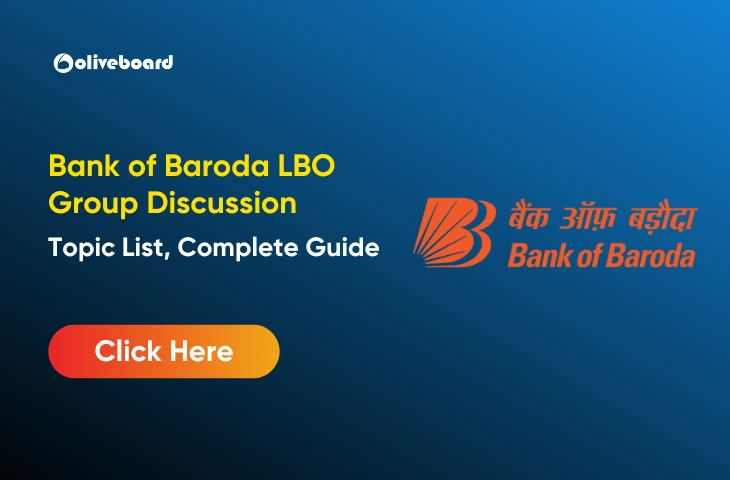
- Bank of Baroda LBO LPT, State-wise Languages & Full Details
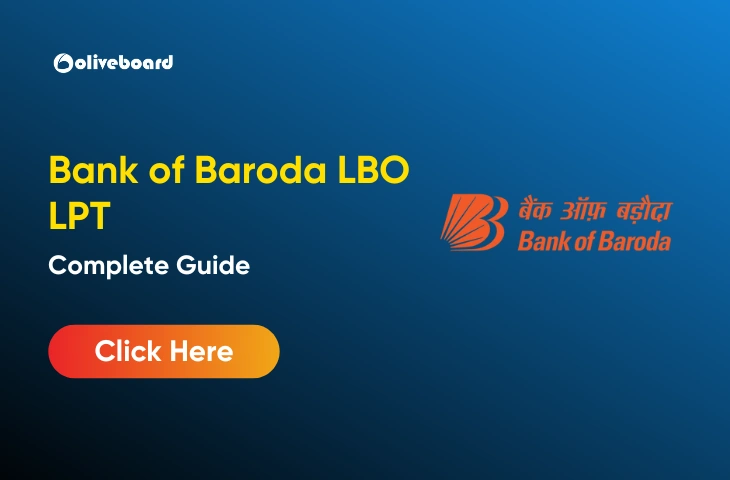
- Bank of Baroda LBO Interview Questions and Answers, Download FREE PDF
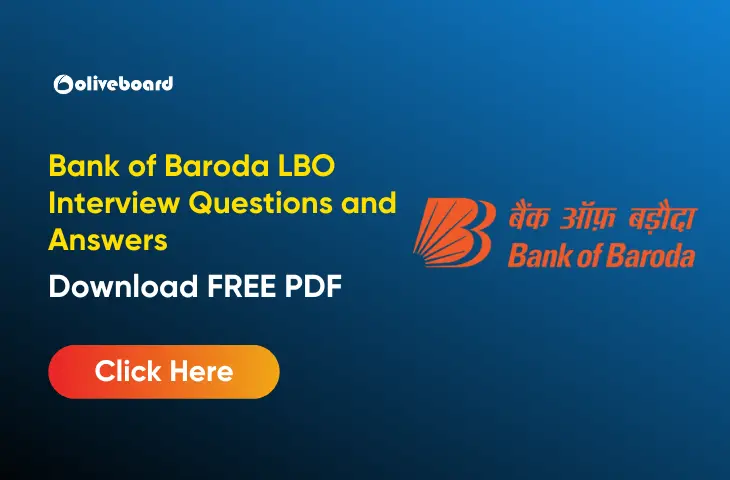
- IBPS Clerk Vacancy 2025 Increased upto 15701, Check Details
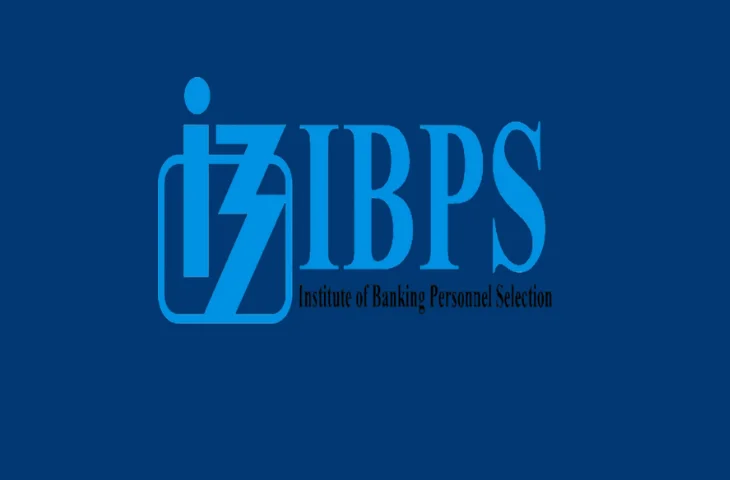
Hi, I’m Tripti, a senior content writer at Oliveboard, where I manage blog content along with community engagement across platforms like Telegram and WhatsApp. With 3+ years of experience in content and SEO optimization related to banking exams, I have led content for popular exams like SSC, banking, railways, and state exams.
